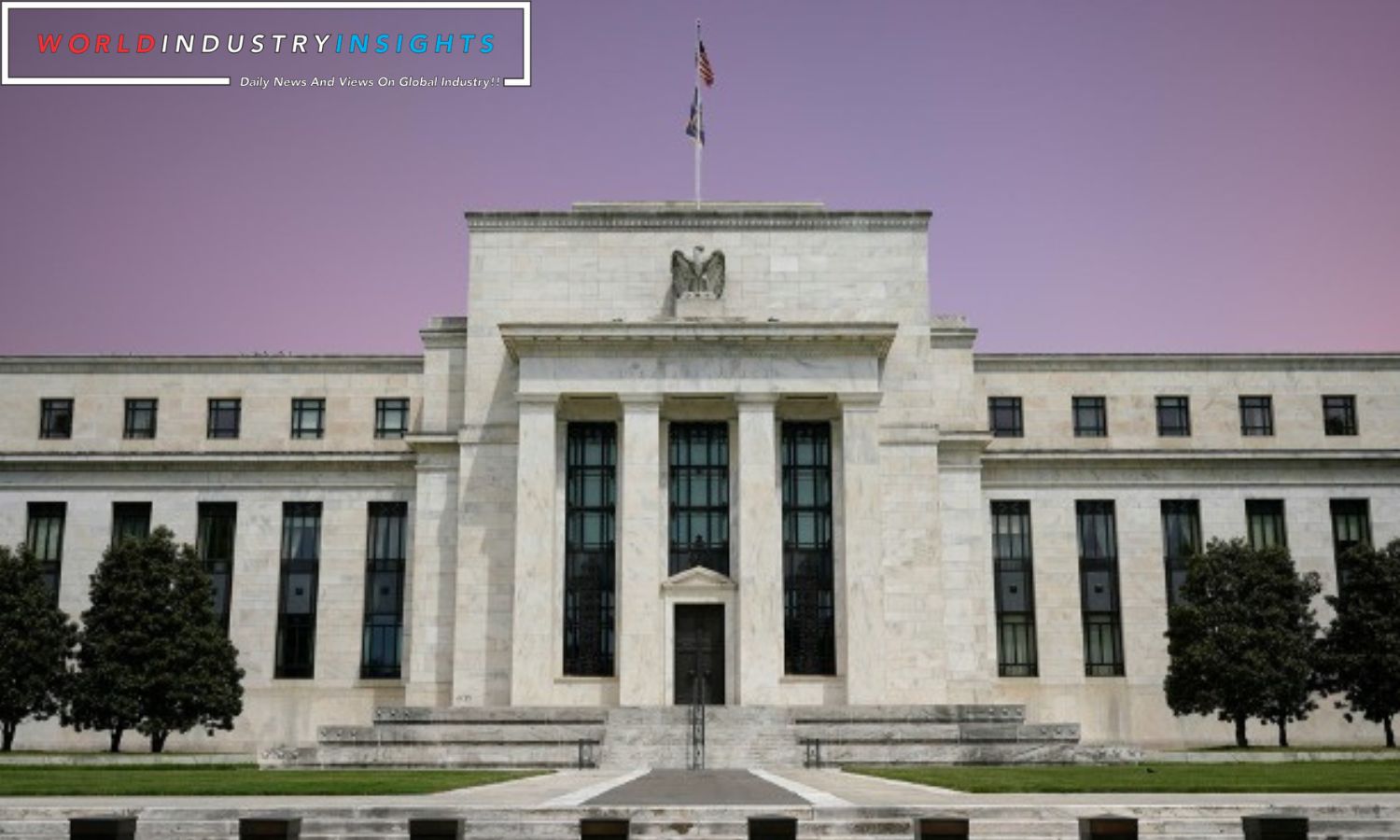Federal Reserve Impact on Danville’s Economy: At the heart of Danville, Virginia, an edifice resembling an airplane hangar, stands as the newest Caesars casino. Despite its makeshift appearance and constrained amenities, it attracted over 400,000 gamblers, raking in bets surpassing $50 million since its mid-May debut. Such figures surpassed even the most optimistic projections, offering yet another testament to the U.S. consumer’s tenacity amidst the Federal Reserve’s vigorous interest rate escalations.
Chris Albrecht, the Senior Vice President and General Manager of Caesars Virginia, expressed astonishment at the robust demand, especially given the venue’s restrained offerings. For Danville, a town with a rich history in tobacco and textiles and a population hovering around 40,000, the ongoing construction promises a more opulent experience.
The larger economic narrative presents a conundrum. Federal Reserve officials, keen to navigate inflationary dynamics in the post-pandemic epoch, are observing towns like Danville with bated breath. Anticipations of an economic slowdown due to elevated borrowing costs and recessionary murmurs are juxtaposed with the palpable buzz around ventures like Caesars.
The casino titan’s transformative plans for an old textile mill power plant morphing it into an expansive casino, conference center, and hotel coupled with a burgeoning manufacturing sector, are steering the local narrative.
Despite the Federal Reserve escalating interest rates by 5.25 percentage points since 2022’s onset, the anticipation of a labor market downturn and diminished consumer appetite remains unfulfilled. Box office blockbusters, concert turnouts, an air travel spike in June, and unwavering monthly expenditures narrate a resilient consumer story.
Thomas Barkin, Richmond Fed President, illuminated this overarching narrative of resilience, reflecting on conversations with business magnates across mid-Atlantic states.
Read More: BRICS Currency Advocacy: Brazil’s President Spearheads Shift from Dollar Dominance
He conjectured that the spending shift might be evolving from post-pandemic splurges to dynamics anchored in the impressive 3.5% unemployment statistics, inflation-surpassing wage boosts, and a buoyant equity market.
This week, policymakers convene in Jackson Hole, Wyoming, delving into the pandemic’s aftermath on global economic tapestry. Central themes will revolve around curbing inflation and recalibrating economic strengths. The discourse will inevitably gravitate towards understanding neutral rates of interest and unemployment, pivotal to the Federal Reserve’s macroeconomic approach.
The twofold challenges the Federal Reserve confronts are profound. The balancing act between keeping interest rates low, risking renewed inflationary pressures, and elevating them, potentially stifling a potent job market, is intricate. Former Chicago Fed President, Charles Evans, ponders these complexities, questioning the flexibility in achieving the ideal 2% inflation metric.
As the Federal Reserve convenes for its September meeting, updated economic projections will take center stage. Decoding the symbiosis between moderating inflation and a robust economic trajectory will be pivotal. The prevalent narrative alludes to a single quarter-of-a-percentage-point hike, with ensuing cuts as inflation gradually reverts to its target by 2025.
Several theories offer explanations. Some suggest an enhanced supply side might bolster goods and services production, thus curbing inflation amid strong demand. Richard Clarida, Pimco’s Global Economic Advisor and a former Fed Vice Chair, posits that demand moderation is inevitable.
He ponders the complexities of achieving the Federal Reserve’s desired inflation rate against the backdrop of ambitious wage demands, underscored by recent union negotiations. The larger question remains: Can a harmonious balance be struck without significant employment hikes or recessionary undertones? Only time will tell.
Our Reader’s Queries
How does the Federal Reserve affect the economy?
As the nation’s monetary policy authority, the Fed plays a crucial role in regulating the availability and cost of money and credit to ensure a thriving economy. To achieve this, Congress has assigned the Fed two equally important goals for monetary policy: maintaining maximum employment and stable prices, which translates to low and stable inflation.
How do changes to the federal funds rate affect the unemployment rate?
As a result of the recent increase in interest rates, both businesses and consumers are cutting back on their spending. This is likely to cause a decrease in economic activity, which in turn will lead to a rise in unemployment rates.
How will this change in borrowing affect consumer spending in the economy?
When the central bank tightens, borrowing costs increase, which can discourage consumers from purchasing items they would typically finance, such as houses or cars. Additionally, businesses may be less inclined to invest in new equipment, software, or buildings. This can have a significant impact on the economy as a whole.


